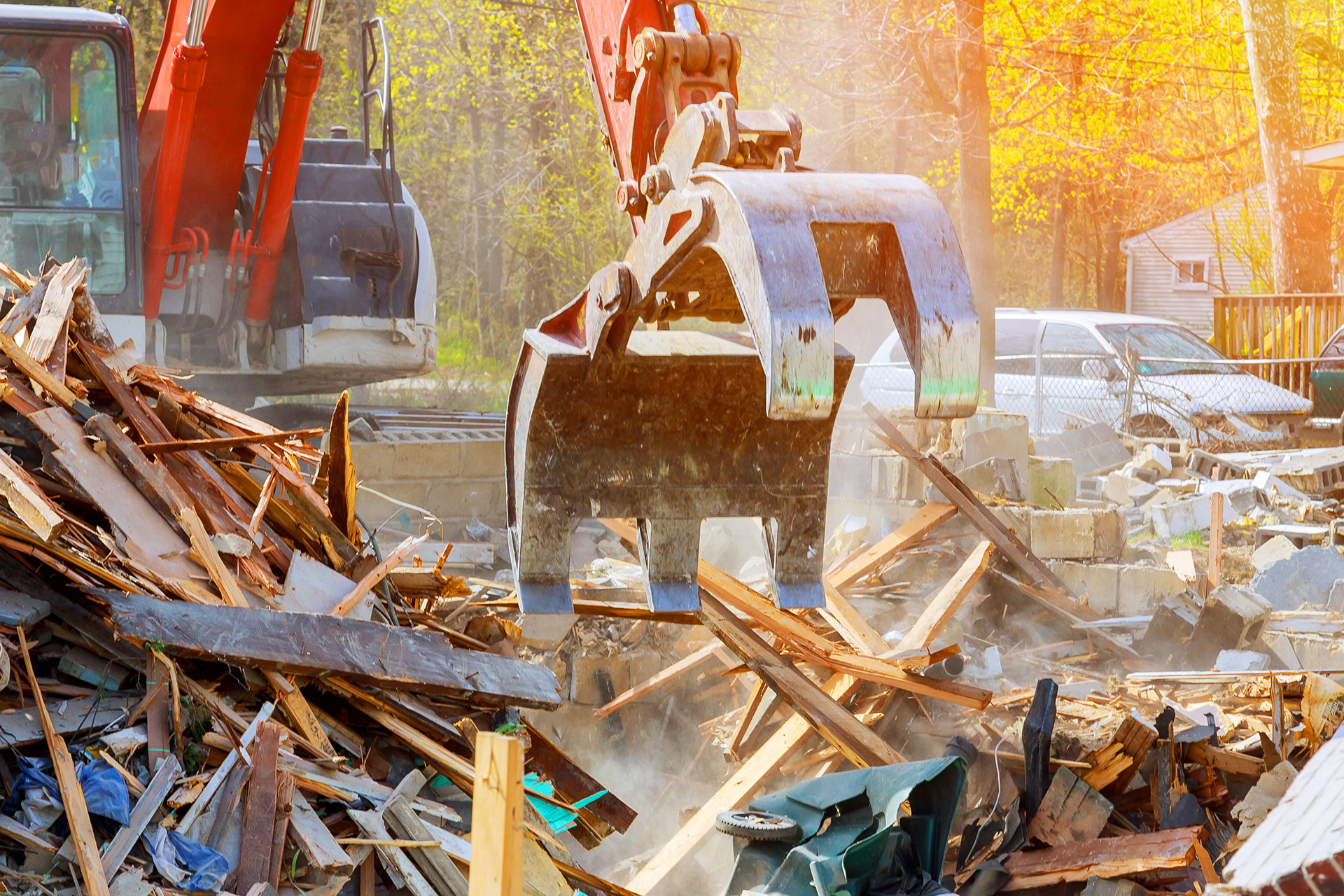
18 Jun 4 Common Mistakes to Avoid When Planning a Demolition Project
Planning a demolition project may sound thrilling, sledgehammers, dust clouds, and the dramatic reveal of cleared land. But here’s the truth: demolition is less about destruction and more about precision. What you miss in the planning phase can come back louder than the wrecking ball itself.
Skipping the Paperwork Party
Permits, regulations, inspections, it’s easy to see these as bureaucratic red tape. But ignoring them isn’t just risky, it’s a surefire way to stall your project.
A demolition without the right approvals can result in serious fines or, worse, a full stop until everything’s reapproved. And depending on your location, even small-scale demolitions often require environmental assessments. If asbestos, lead paint, or protected trees are involved, you’ll want those details ironed out before the first chunk of drywall hits the ground.
Forgetting What’s Underground
Not everything dangerous is above ground. Utilities, gas lines, water mains, and sewer connections are often forgotten until someone cuts through them.
A single missed pipe can flood a site. A live electrical line can do far worse. Always perform utility mapping before you begin. Better to walk slow than backtrack fast.
Assuming One Size Fits All
Demolition isn’t a one-size-fits-all game. A retail strip mall doesn’t fall the same way a residential garage does. Dust control in a quiet suburb matters more than it does in an industrial park.
Ask yourself:
- Is there salvageable material worth protecting?
- Do I need noise or debris control for nearby homes or businesses?
- How will the site be prepared for what’s next?
Rushing the Timeline
There’s something magnetic about wanting things to go fast. But speed without a strategy breaks budgets, damages property, and creates safety hazards.
Yes, delays cost money, but so do accidents. A timeline that doesn’t include enough time for prep, safety checks, and clean-up isn’t just optimistic; it’s reckless.
Watch for these time traps:
- Underestimating the removal of hazardous materials
- Overbooking subcontractors
- Forgetting weather contingencies
Conclusion
A successful demolition project doesn’t feel chaotic; it feels choreographed. The quiet confidence of a crew that knows what to expect and when to expect it. The grace of heavy machinery doing delicate work.
When you take time to plan well, demolition isn’t destruction. It’s a transformation. And it starts by knowing what not to do.



Sorry, the comment form is closed at this time.